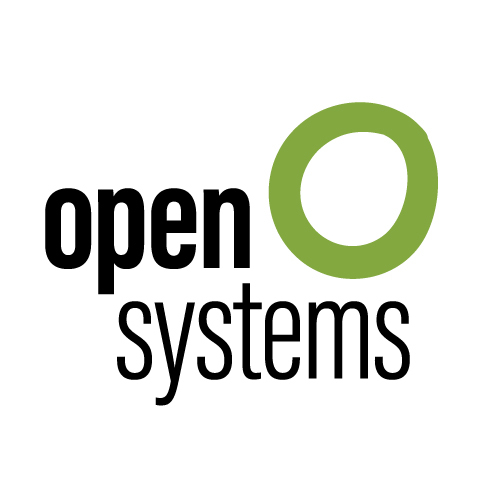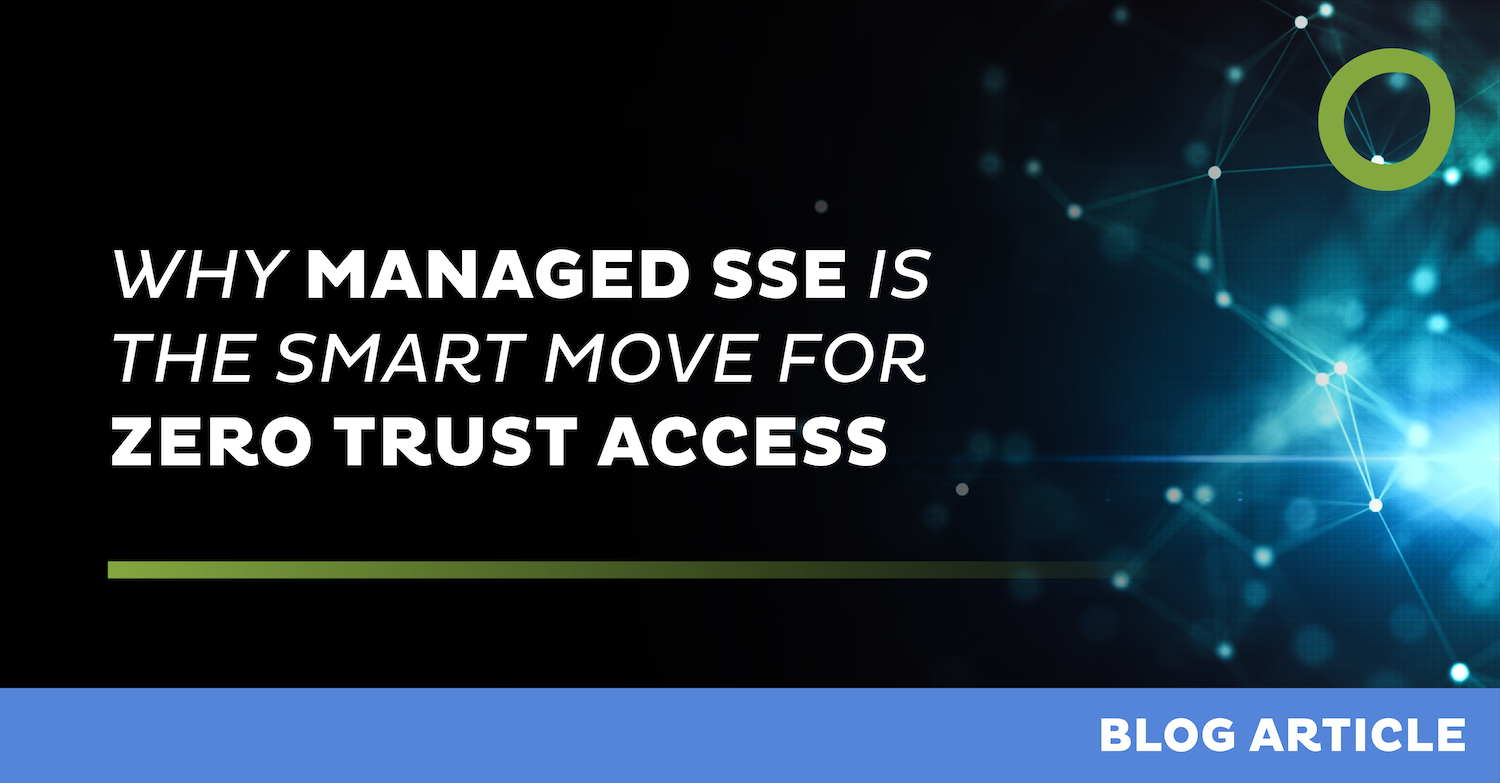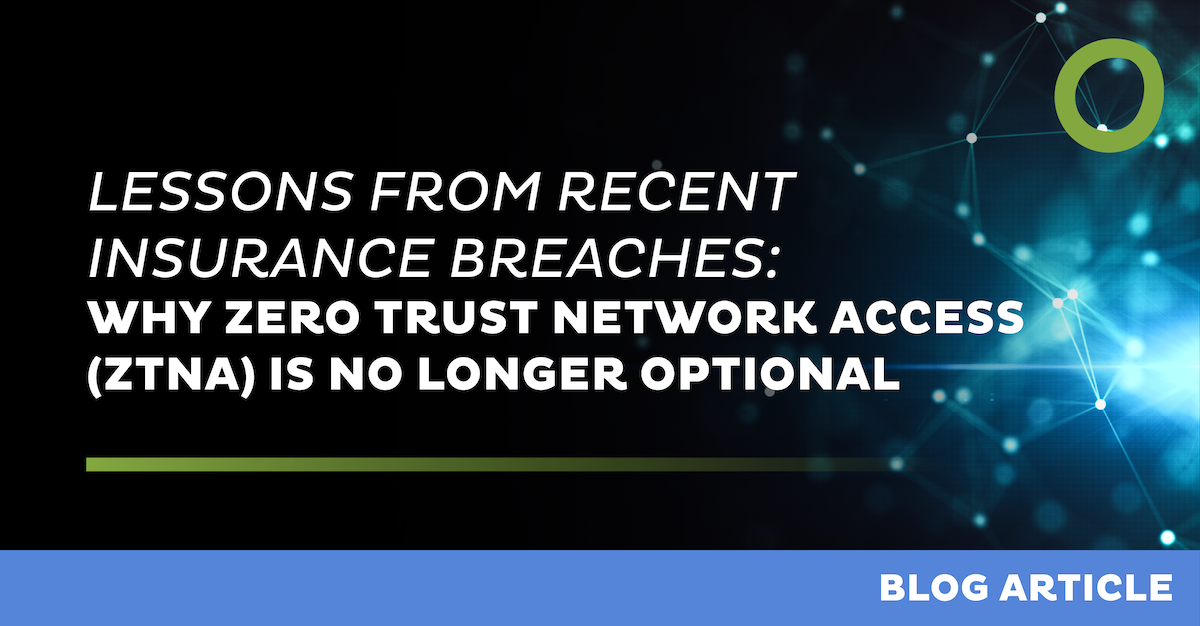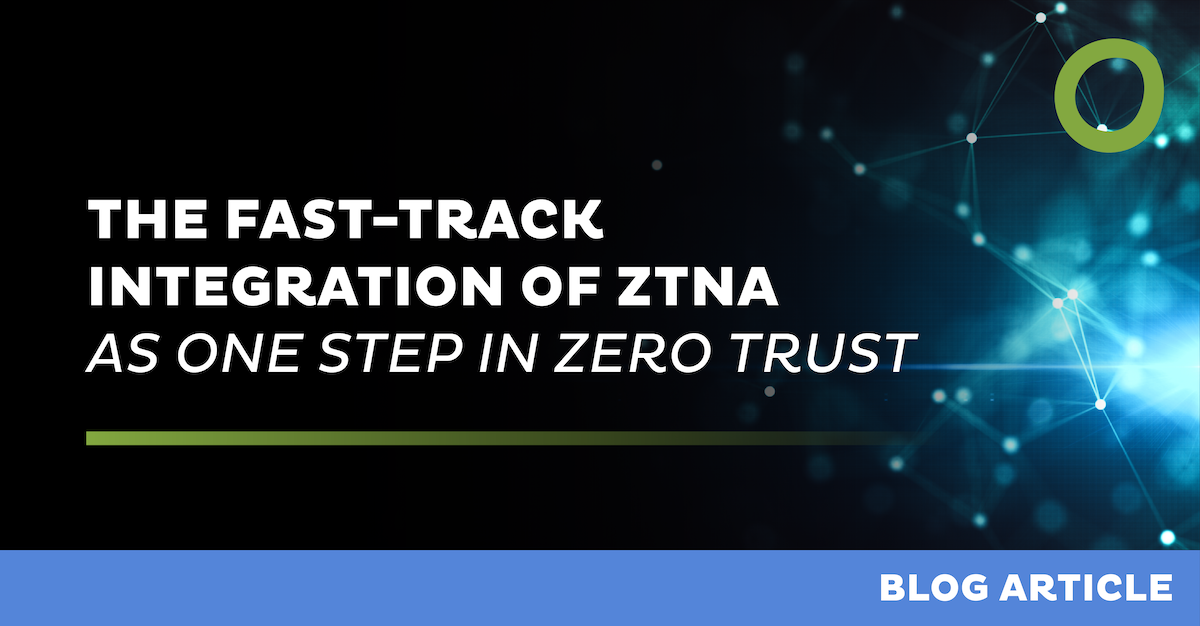
Why Managed SSE Is the Smart Move for Zero Trust Success


Security Service Edge (SSE) has emerged as a foundational pillar in modern cybersecurity strategies – helping enterprises achieve Zero Trust while securing users, apps, and data across hybrid environments. But as organizations rush to adopt this next-gen architecture, one question rises above the rest:
Should SSE be managed, or self-operated?
Before we answer that, let’s break it down.
What is SSE and How Does It Fit into SASE?
Security Service Edge (SSE) is the security-centric half of the Secure Access Service Edge (SASE) framework. While SASE combines networking and security in a cloud-delivered model, SSE focuses solely on the security aspect – enabling secure access to the internet, SaaS, and private applications, no matter where users work.
SSE includes:
- Zero Trust Network Access (ZTNA): Secure, identity-based access to private apps.
- Cloud Access Security Broker (CASB): Visibility and control over cloud services usage.
- Secure Web Gateway (SWG): Web traffic filtering and protection from internet threats.
- Firewall as a Service (FWaaS): Cloud-delivered network security.
Together, these components can help to enforce Zero Trust principles – “never trust, always verify” – across all traffic, devices, and users. Instead of building security around a network perimeter, SSE builds it around identity, context, and continuous risk assessment.
Why Is SSE More Relevant Than Ever?
Over the last 5–10 years, most SASE conversations revolved around network connectivity – particularly to support:
- Remote work (exacerbated during the COVID-19 pandemic)
- Cloud transformation (SaaS and IaaS adoption)
But today, the focus has shifted from just connecting users and apps to consistently protecting them.
With the explosion of sophisticated cyberattacks, AI-driven threats, and shadow IT, the security part of SASE – SSE – has taken center stage. Organizations need robust, always-on protection that adapts in real-time to evolving threats, without relying on outdated, perimeter-based defenses.
This is where SSE becomes critical – it enables continuous risk-based evaluation, enforces least-privilege access, and provides real-time protection across the entire digital ecosystem.
Why Technology Alone Isn’t Enough
Here’s the reality: SSE is not a plug-and-play solution.
Most organizations don’t operate in a greenfield environment. They already have an intricate mesh of legacy systems, cloud services, endpoint tools, and identity platforms. Migrating to a Zero Trust architecture isn’t just about deploying shiny new tech – it’s about:
- Understanding the current ecosystem in-depth
- Mapping dependencies between tools and workflows
- Designing a step-by-step transformation that balances innovation with continuity
This is especially true for core SSE components like ZTNA or SWG – if these fail, users can’t work. That means any misstep during the transition can severely disrupt business operations.
Implementing SSE is akin to open-heart surgery on your IT infrastructure. It demands deep architectural expertise, reliable execution, and operational excellence – all at the same time.
What to Look for in a Zero Trust Transformation Partner
If you’re considering SSE, here’s what separates a strong partner from just another vendor:
A Unified SSE Portfolio
Choose a provider that offers all SSE components – ZTNA, CASB, SWG, FWaaS – natively. Many vendors cobble together tools from acquisitions, which leads to:
- Integration gaps
- Complex policies
- Inconsistent user experience
A truly integrated platform reduces operational overhead and simplifies policy management across users, apps, and devices.
Operational Maturity
Look for intuitive configuration tools, change management systems, audit logs, and automated reporting. Even better? Providers that offer 24×7 NOC/SOC support to ensure operational resilience, especially during migration.
Transformation Expertise
Beyond tech, your partner must understand:
- Legacy environments and hybrid architectures
- Common transition pitfalls and how to avoid them
- Industry best practices tailored to your use case
This consultative, ecosystem-aware approach is crucial for creating a Zero Trust roadmap that’s effective, efficient, and tailored to your needs.
So… Why Managed SSE?
Put simply: because it just makes sense.
A Managed SSE offering provides all the benefits of the architecture – without putting your IT team through the complexity of building and maintaining it on their own. It ensures:
- Faster, smoother Zero Trust adoption
- Business continuity during transformation
- Reduced risk from misconfiguration or operational failure
- Access to skilled experts who’ve “been there, done that”
In a world where security cannot afford mistakes, Managed SSE is the smart, strategic move.
Ready to Take the Next Step?
If you’re starting your Zero Trust journey, or looking to modernize your security architecture, a Managed SSE service could be the best investment you make. One that protects your users, data, and business – not just now, but into the future.
Leave Complexity
Behind
To learn how Open Systems SASE Experience can benefit your organization, talk to a specialist today.
Contact Us




